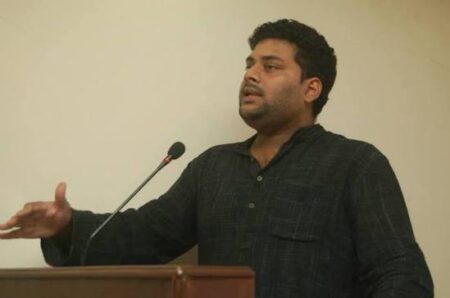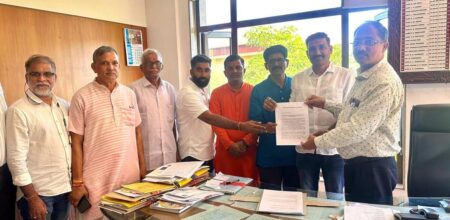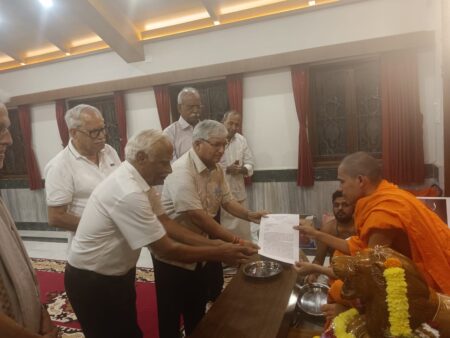 Plans are underway to form Goa Tourism Board for planning, policymaking and overseeing the implementation of various tourism initiatives, says Goa Tourism Secretary J Ashok Kumar
Plans are underway to form Goa Tourism Board for planning, policymaking and overseeing the implementation of various tourism initiatives, says Goa Tourism Secretary J Ashok Kumar
Goemkarponn desk
PANAJI: Tourism, one of the prime industries in Goa, contributes over 16 per cent to the state GDP and supports over 40 per cent jobs and livelihood opportunities. The state has around 3,600 hotels and other accommodation units across four categories registered with the Department of Tourism, with an overall supply of over 73,000 beds.
Apart from marquee tourism infrastructure developments, Goa Tourism has been constantly developing basic and necessary infrastructure in the state such as public conveniences including shower rooms and cloak rooms, tourist information centres, parking lots, installation of CCTV cameras for safety and surveillance, creating wi-fi hotspots and GIS mapping of various tourism-related infrastructure. While the state has a good connectivity through air, land, train and sea, the upcoming international airport at MOPA will further strengthen the air connectivity, especially direct connections with several countries around the world. Excerpts from an interview with Goa Tourism Secretary J Ashok Kumar.
How has the Covid-19 pandemic changed the face of tourism in Goa?
The tourism sector had to shut down for over four months in 2020. After conducting brief business till April 2021, the state again went into curfew mode and a majority of the tourism businesses are yet to open as on date. The pandemic has exerted a strong behavioural impact on tourists’ preferences too. What used to represent the essence of tourism – crossing borders, mingling with strangers, discovering the unknown – has proved to accelerate the spread of the virus. A few changes in tourist’s preferences include mode of travel (preference for self-driving to the destination), type of vacation (preference for staycations especially to the locations closer home), Nature and type of accommodation (preference for villas and other accommodations in lesser-known locations) and types of activities (Nature and wellness).
While these preferences might not prevail forever but they will surely gain importance in the coming months, and it is our responsibility to adapt to them.
Even before the pandemic, Goa was already re-centering its strategy towards a more responsible form of tourism. We believe that, given the size and the environmental vulnerability of Goa, it is wiser to prioritise quality tourism over large footfall volumes. Responsible tourism can help us meet this objective. The ongoing crisis has consolidated our belief in responsible travel.
It is crucial for Goa’s economy to bring back tourists as soon as possible. Due to its limited population and small size, Goa cannot survive on local tourism by promoting intrastate tourism like several other Indian states. Domestic tourism has been a strong driver of tourism in the state. In 2019, Goa attracted approximately eight million tourists, of which 88.4 per cent were domestic tourists. Since Goa opened its borders for tourism in September 2020, Goa attracted 3.5 million domestic tourists, thereby driving several tourism businesses towards the path of recovery.







